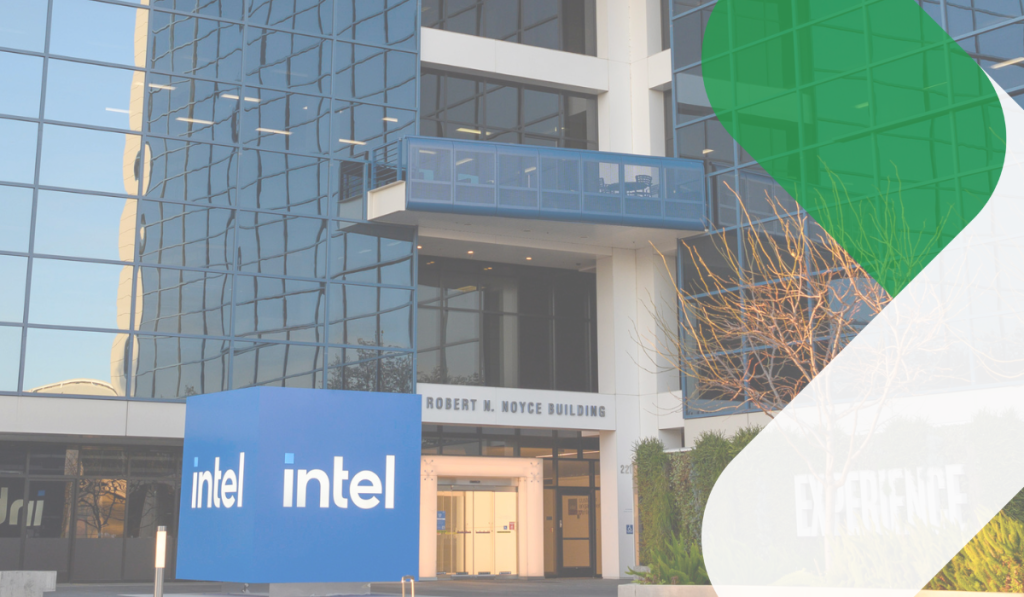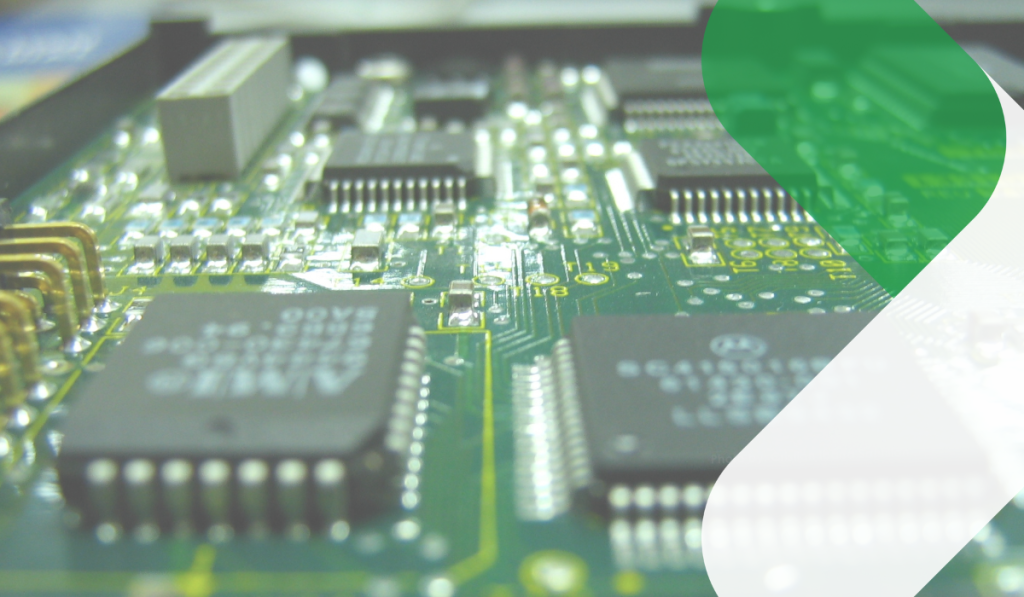The widespread use of Low-Power Wireless Sensor Networks in various sectors anticipates a revolution in data collection, analysis, and use and new efficiencies and capabilities across multiple industries.
Industrial Automation and Maintenance
LPWSNs contribute to enhanced efficiency and safety in the industrial sector through automation and predictive maintenance. Sensors placed on machinery and throughout facilities monitor performance and environmental conditions, enabling automated processes and early detection of equipment failures. This predictive maintenance approach minimizes downtime, extends equipment lifespan, and ensures a safer working environment. For instance, vibration sensors on manufacturing equipment can predict mechanical failures before they occur, allowing for repairs to be made during scheduled maintenance periods rather than after a costly breakdown.
Smart Buildings and Cities
The integration of LPWSNs into the infrastructure of smart buildings and cities transforms urban living, enhancing energy efficiency, security, and convenience. In smart buildings, sensors monitor parameters such as temperature, humidity, and occupancy, automatically adjusting lighting, heating, and cooling systems to optimize comfort and reduce energy consumption. Similarly, in smart cities, LPWSNs facilitate intelligent street lighting, waste management, and traffic control systems, improving urban services and quality of life while minimizing environmental impact. These networks lay the foundation for cities that are not only more efficient but also more responsive to the needs of their inhabitants.
Personalized Healthcare
LPWSNs are revolutionizing the healthcare industry by enabling personalized and preventive care. Wearable sensors and implantable devices monitor vital signs and other health indicators in real-time, providing continuous, customized health data to individuals and healthcare providers. This data can detect early signs of illness, monitor chronic conditions, and tailor treatments to individual needs, significantly improving patient outcomes. For example, wearable devices that monitor glucose levels in diabetic patients can alert them to potential issues before they become serious, facilitating timely intervention and better disease management.
Precision Agriculture
In the agricultural sector, LPWSNs are pivotal in advancing precision farming techniques. By deploying sensors throughout fields to monitor conditions like soil moisture, temperature, and nutrient levels, farmers can make data-driven decisions that optimize irrigation, fertilization, and pest control. This targeted approach improves crop yields and quality and reduces water and chemical usage, contributing to environmental sustainability. For instance, LPWSNs enable the precise application of water in irrigation systems, significantly conserving water resources while maintaining or even increasing agricultural productivity.



